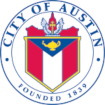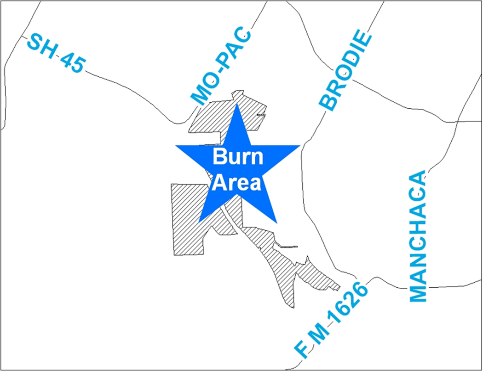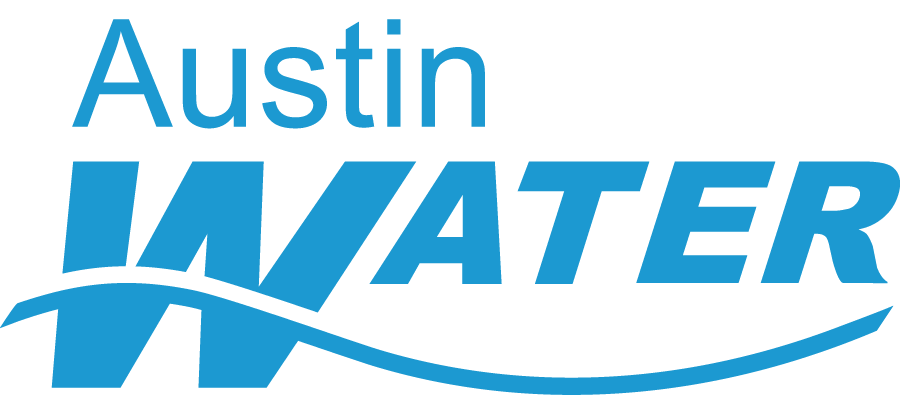

The prescribed burn season typically runs from November through late February. Sign up to receive notifications by email.
AUSTIN – Austin Water plans to conduct prescribed burns this winter on its Water Quality Protection Lands in Travis County. The prescribed burn season typically runs from November through late February and is designed to mimic the natural fire cycle of a healthy ecosystem. It eliminates overgrown brush, reduces the intensity of potential wildfires, and restores native grasslands.
“Prescribed fire is a key tool used to manage this land and improve the quality and quantity of groundwater entering the Edwards Aquifer,” said Matt Lore, Austin Water Wildland Conservation Division. “Beyond our core mission of improving groundwater quality in Central Texas, the use of prescribed fire also improves landscape resilience, promoting a vibrant and biodiverse ecosystem above the aquifer.”
Austin Water manages more than 30,000 acres of wildlands to protect the groundwater that recharges the Edwards Aquifer and provides water to both Barton Springs and to groundwater wells in Hays and Travis Counties. In savannah ecosystems such as those found in Austin’s water quality protection lands, wildflowers and native grass communities flourish after prescribed burns. Wildlife also benefits. For example, grassland birds like quail and northern harrier hawks immediately benefit post-fire from newly open habitat for nesting and feeding.
Sign up to receive notifications about upcoming planned prescribed burns
Austin Water will notify the public and neighbors before each prescribed burn event. Notifications will include maps with the specific location. Neighbors or anyone interested can sign up to receive notifications by email at https://bit.ly/rxburnnotification or follow regular updates about prescribed burns at www.facebook.com/AustinWater and www.twitter.com/AustinWater.
Austin Water handles the implementation of prescribed burns with great care and planning. The prescription for each prescribed burn considers weather conditions– including wind and past precipitation – and requires specific parameters before beginning the burn to ensure the fire behavior will meet objectives and can be safely controlled.
A team of highly trained professionals comprised of Austin Water staff from the Wildlands Division, city and county fire departments, and federal, state, and local land management agencies ensures that safety is their primary objective. All personnel meets specific training, experience, fitness, and personal protective equipment requirements for the position they perform on the fireline. Partnerships with agencies such as the US Fish and Wildlife Service, The Nature Conservancy, the Wildflower Center, the Texas Forest Service, and Travis County Natural Resources, as well as coordination with the Austin Fire Department, neighboring fire departments, and emergency service districts all contribute to successful prescribed burns.
For more information, please visit www.austintexas.gov/rxfire

